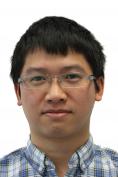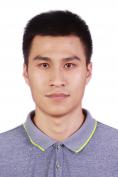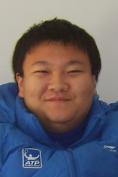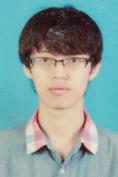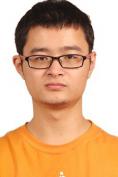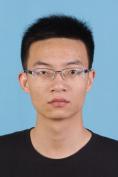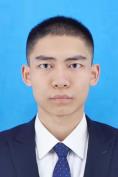Single photons get attenuated exponentially when transmitted through a quantum channel such as fibers. Secure quantum communication becomes impossible when the single photon signal is comparable with detector dark counts, which limits the longest distance to about 400 kilometers. The quantum repeater protocol was proposed to tackle this problem. By separating a long channel into small sections, creating entanglement in each section, connecting sections through entanglement swapping, improve entanglement fidelity via purification, entanglement can be built much more efficiently over long distance. The experimental realization of quantum repeater relies on high-performance quantum memories. Many physical systems, such cold atomic ensembles, hot atomic vapors, rare-earth metal doped crystals, single ions, single neutral atoms, NV centers, quantum dots etc., have been studied to for the purpose of quantum memory. The ensemble-based systems have the advantage of efficient interaction with single photons due to collective enhancement. With laser-cooled atoms, atom motions can be reduced and confined, thus makes long-term storage easier. Currently we are mainly performing experimental research with cold atomic ensembles. We improve the memory performance, particularly in terms of lifetime, retrieval efficiency, entanglement generation probability, telecom interface etc. We are also interested in integrating these key capabilities into a single setup and performing quantum repeater and quantum network with multiple nodes. We hope to tackle some key obstacles which limit the scaling of quantum repeater systems, and make quantum repeater change from principle to reality.
Related Publications
- Entangling Two Rydberg Superatoms via Heralded Storage. Physical Review Letters 134, 230803 (2025).
- Entangling Two Rydberg Superatoms via Single-Photon Interference. Physical Review Letters 135, 110802 (2025).
- Experimental Generation of Spin-Photon Entanglement in Silicon Carbide. Physical Review Letters 132, 160801 (2024).
- Single-Shot Readout of a Nuclear Spin in Silicon Carbide. Physical Review Letters 132, 180803 (2024).
- Deterministic Measurement of a Rydberg Superatom Qubit via Cavity-Enhanced Single-Photon Emission. Optica 9, 853-858 (2022).
- Deterministic Time-Bin Entanglement between a Single Photon and an Atomic Ensemble. Physical Review Letters 128, 060502 (2022).
- Postselected Entanglement between Two Atomic Ensembles Separated by 12.5 Km. Physical Review Letters 129, 050503 (2022).
- Sequential Generation of Multiphoton Entanglement with a Rydberg Superatom. Nature Photonics 16, 658-661 (2022).
- Cavity-Enhanced Atom-Photon Entanglement with Subsecond Lifetime. Physical Review Letters 126, 090501 (2021).
- Measurement-Device-Independent Verification of a Quantum Memory. Physical Review Letters 127, 160502 (2021).

